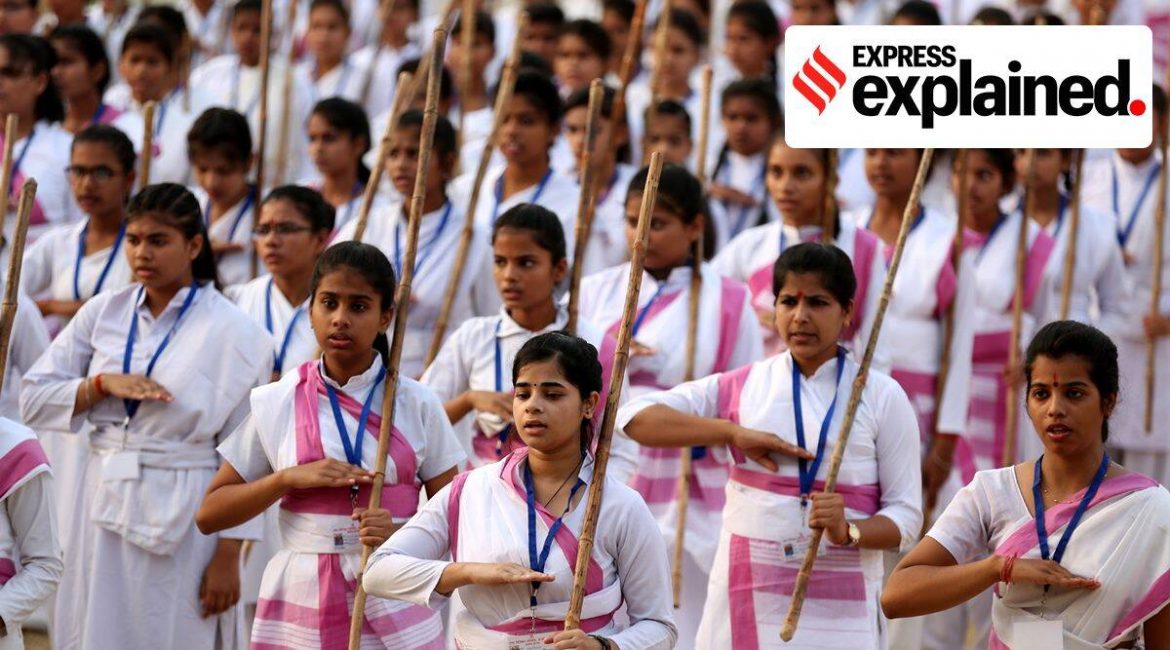A new book expressing gender discrimination in India
It’s a question that has been asked repeatedly in the United States over the past few years: why do so many white women continue to support the Republican party at a time when its conservative politics has in many ways clearly turned against the interests of women? Some scholars ask similar questions with regard to the mass support that the BJP gets from women in India.
The power of the women’s vote is clearly recognized by most parties in India, including the BJP. The Narendra Modi government has repeatedly positioned itself in support of “Nari shakti” or women’s empowerment, citing decisions such as the criminalizing of triple talaq in 2019; the changes in the Medical Termination of Pregnancy Act in 2021 that made abortion access easier; the ‘Beti Bachao, Beti Padhao’ campaign for the education of girls; LPG connections to poor women under the PM Ujjwala Yojana; the extension of paid maternity leave to 26 weeks; and permanent commission for women officers in the Army.
Scholars have however flagged a dissonance between the government’s seeming attitude towards women’s issues, including economic and educational issues, and the ideological position traditionally espoused by the Sangh Parivar. The answer to the question posed by the book Women, Gender and Religious Nationalism — why women advance the agenda of the Hindu right despite its conservative views on gender — is complex.
Edited by Amrita Basu and Tanika Sarkar, the first two sections of the volume trace the long process through which women (and, to an extent, girls) were given space in the predominantly masculine worldview of the Sangh, particularly through storytelling, and how leadership roles — albeit in a small measure — were opened up for women in the BJP.
The section on women’s participation in Hindu militant organizations examines how community and neighborhood mobilization — “social work” — is used to transform the “ideal” Hindu homemaker into a street fighter.
Significantly, the book tests preconceived ideas about where and from whom resistance to the politics of Hindutva might come and the unexpected places in which the ideology might find resonance.
The chapter by Jennifer Ung Loh traces the ways in which Hindutva has struck roots among several trans communities; the chapter on the #ReadyToWait campaign in Kerala by J Devika questions the assumption that women’s resistance is always feminist.
Source: Indian Express


